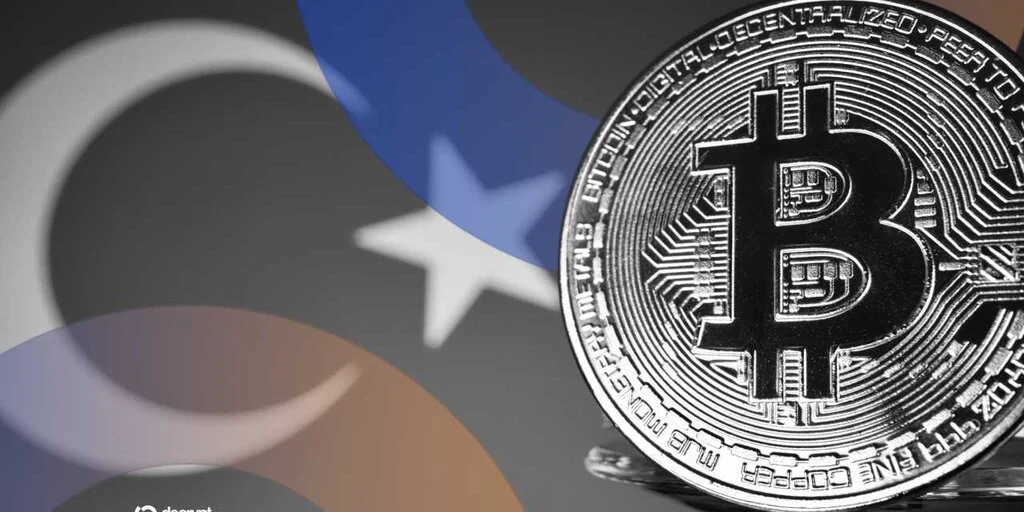
Most brands still buy attention. The impactful ones earn devotion, the kind people will rally behind and fight to protect.
Consumers want a role in movements, not just transactions. When brands focus solely on economics, spark and engagement disappear. Consequential brands ignite a shared spirit, tapping into values, not just wallets, and building communities of advocates.
But how do you actually build cultural power? For my forthcoming book Branding as a Cultural Force: Purpose, Responsibility, and Resonance (Columbia University Press, 2025), I interviewed creative leaders worldwide to find out. Across those conversations, six clear strategies emerged—actionable patterns that separate brands that ride culture from those that positively shape it. These strategies turn brands into cultural forces that generate enthusiasm and prosperity.
1. BE IRREPLACEABLE
In a world of infinite options, cultural power begins with being impossible to replace.
Subscribe to the Daily newsletter.Fast Company’s trending stories delivered to you every day
Privacy Policy
|
Fast Company Newsletters
“A brand should embody something unique that others can’t easily replicate,” says Nick Law, creative chairperson of Accenture Song. Uniqueness isn’t about features or benefits anymore, but about occupying cultural territory that only you can claim.
U.S. Bank’s Translators documentary reveals a hidden reality: bilingual children serve as interpreters for their immigrant families, navigating everything from banking to healthcare. Rather than just advertising their Spanish-language banking services, U.S. Bank collaborated with filmmaker Rudy Valdez to tell this authentic story. The documentary validates an experience millions live daily. When they later launched Asistente Inteligente, the first Spanish-language virtual assistant from a U.S. financial institution, it felt like natural understanding, not marketing.
As Leland Maschmeyer, cofounder and CEO of Collins, puts it: “The reality is that brand is differentiation. Without it, a product is a commodity.”
Cultural power comes from creating territory that only you can occupy.
2. TRANSFORM PROMISES INTO ACTIVISM
It’s no longer enough to promise functional benefits or emotional connection. People expect activism—manifestos turned into measurable action.
As Juliana Constantino, group creative director at Dentsu, explained: “Purpose-driven brands embody a social mission integral to their business. Others jump on social issues for short-term campaigns without genuine commitment. These efforts come across as insincere or opportunistic.”
Telecommunications company Orange and creative agency Marcel challenged football bias with a highlight reel of dazzling plays by France’s male stars like Kylian Mbappé and Antoine Griezmann, only to reveal audiences had actually been watching the women’s team, digitally altered to look like male players. The campaign proved that skill transcends gender bias, making “WoMen’s Football” the most shared content fighting inequality in the sport.
Apple has taken a sustained approach. “The Lost Voice” spotlighted accessibility. “Fuzzy Feelings” explored empathy through creativity. And Frybread Face and Me—an Apple Original feature on Netflix, written and directed by Billy Luther—elevated a story by an Indigenous filmmaker. What matters most is not any single story but the pattern: activism embedded as brand practice.
3. MEASURE IMPACT, NOT JUST PROFIT
Profit without purpose is just extraction. The brands building real cultural power have moved beyond traditional metrics to measure what actually matters: their contribution to the world.
“The key is differentiating between a nice idea and actual impact,” says Ben Miles, chief design officer, APAC, R/GA. “Design has to be intentional.” That intentionality means embedding impact measurement into every decision, not treating it as an afterthought.
Ben & Jerry’s exemplifies this approach by integrating nonpartisan social metrics into operational decisions. Their mission seeks to meet human needs and eliminate injustices across communities, creating accountability throughout every function. They’ve published annual social and environmental assessment reports with third-party reviews for decades. What makes them culturally powerful is how consistently they follow this mission, from ingredient sourcing to activism campaigns.
4. GO PLANET-FIRST, NOT HUMAN-CENTERED
The human-centered approach that dominated the last decade assumes we have infinite planetary resources. We don’t. As this reality becomes undeniable, consumer expectations have fundamentally shifted. It’s no longer enough to be less bad—people expect brands to be actively regenerative.
advertisement
The numbers tell the story: More than half of Gen Z and millennials will pay more for sustainable products, with 25% researching a company’s environmental impact before every purchase, according to Deloitte’s 2025 sustainability survey. Around 65% feel anxious about the environment’s state, and over 70% have experienced extreme weather events in the past year. Lived experiences are driving purchasing decisions.
As Gaëtan du Peloux, CCO and co-CEO of Marcel Paris, told me: “I believe companies have both rights and duties. It’s an implicit understanding between people and businesses: We allow companies to make money, but in return, we expect them to contribute positively to society. This collective responsibility is crucial.”
The brands responding to this shift—from Google and American Airlines reducing contrails to Sheba restoring coral reefs—are building the cultural credibility that environmentally anxious generations demand, turning planetary stewardship into a competitive advantage.
5. PRACTICE LEADERSHIP AS CULTURAL STEWARDSHIP
Leaders who act as cultural stewards, not just profit maximizers, build the most influential brands.
Emma Robbins, CCO at M&C Saatchi Melbourne, emphasizes: “Shared purpose from brands with their customers comes when brands don’t behave like corporations but just like people.” She adds, “The best brand storytelling happens when it tells the story of the customer. Brands can appear arrogant when they tell a ‘we’ story.”
Mastercard exemplified this with True Name, allowing transgender and non-binary customers to display their chosen names on cards without legal name changes. The initiative prioritized dignity over traditional banking protocols, putting customer stories at the center. By making it available to other banks, Mastercard encouraged industry change.
6. AMPLIFY MANY VOICES
The strongest brands don’t just tell their own story; they amplify underrepresented voices and invite audiences to help shape the narrative. When brands open space for participation, communities cocreate meaning and hold them to standards of authenticity and transparency.
As Nancy Crimi-Lamanna, CCO at FCB Canada, told me, truly relevant work addresses “current and relevant cultural issues by providing insights and driving engagement for positive change.” That belief powered FCB’s long-term partnership with the Canadian Down Syndrome Society. From inclusive voice algorithms with Google to Adidas’s Runner 321 bibs reserved at major marathons, they turned representation into policy, not taglines.
Dove has taken a similar approach. When TikTok’s Bold Glamour filter went viral, the brand mobilized against unrealistic beauty standards with #TurnYourBack—a replicable action that audiences themselves carried forward. Posts using the hashtag gained 54 million views and more than half a million engagements, proving that real cultural power emerges when people see themselves as participants, not consumers.
THE CULTURAL CITIZENSHIP IMPERATIVE
The brands that will dominate won’t be those with the biggest budgets, but those that communities respect and promote. The future belongs to brands that communities claim as their own.
As Maschmeyer writes in the foreword to my book: “The brands that thrive will not be those that shout the loudest, but those that matter the most.”



